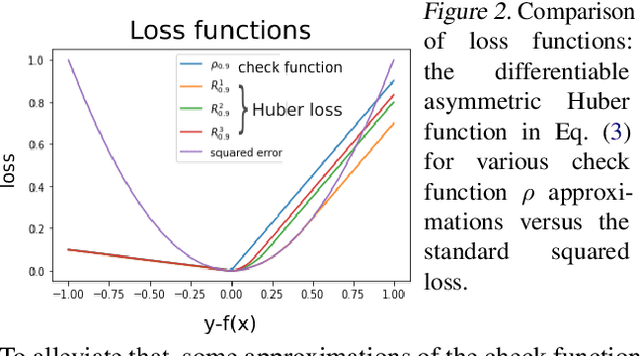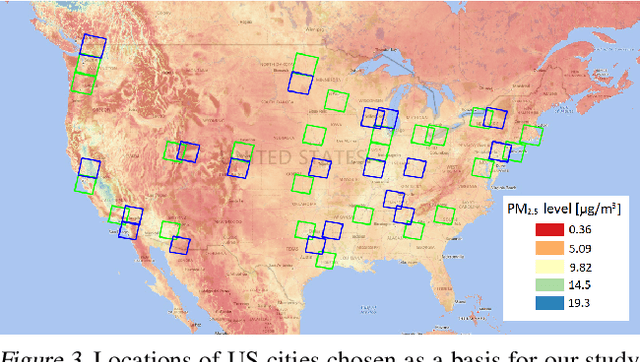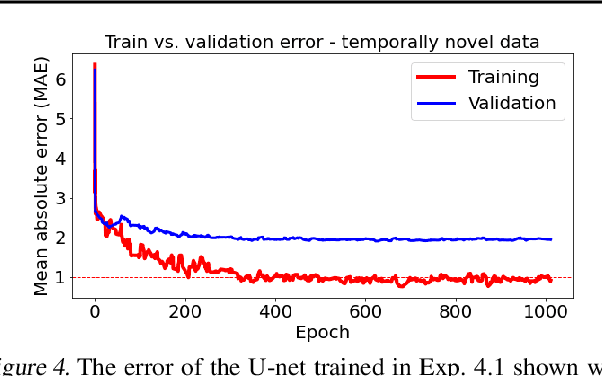In the Danger Zone: U-Net Driven Quantile Regression can Predict High-risk SARS-CoV-2 Regions via Pollutant Particulate Matter and Satellite Imagery
Paper and Code
May 06, 2021



Since the outbreak of COVID-19 policy makers have been relying upon non-pharmacological interventions to control the outbreak. With air pollution as a potential transmission vector there is need to include it in intervention strategies. We propose a U-net driven quantile regression model to predict $PM_{2.5}$ air pollution based on easily obtainable satellite imagery. We demonstrate that our approach can reconstruct $PM_{2.5}$ concentrations on ground-truth data and predict reasonable $PM_{2.5}$ values with their spatial distribution, even for locations where pollution data is unavailable. Such predictions of $PM_{2.5}$ characteristics could crucially advise public policy strategies geared to reduce the transmission of and lethality of COVID-19.
 Add to Chrome
Add to Chrome Add to Firefox
Add to Firefox Add to Edge
Add to Edge